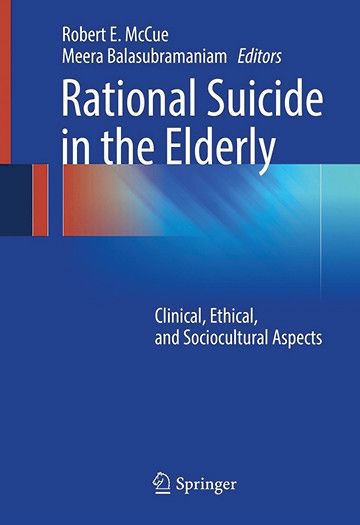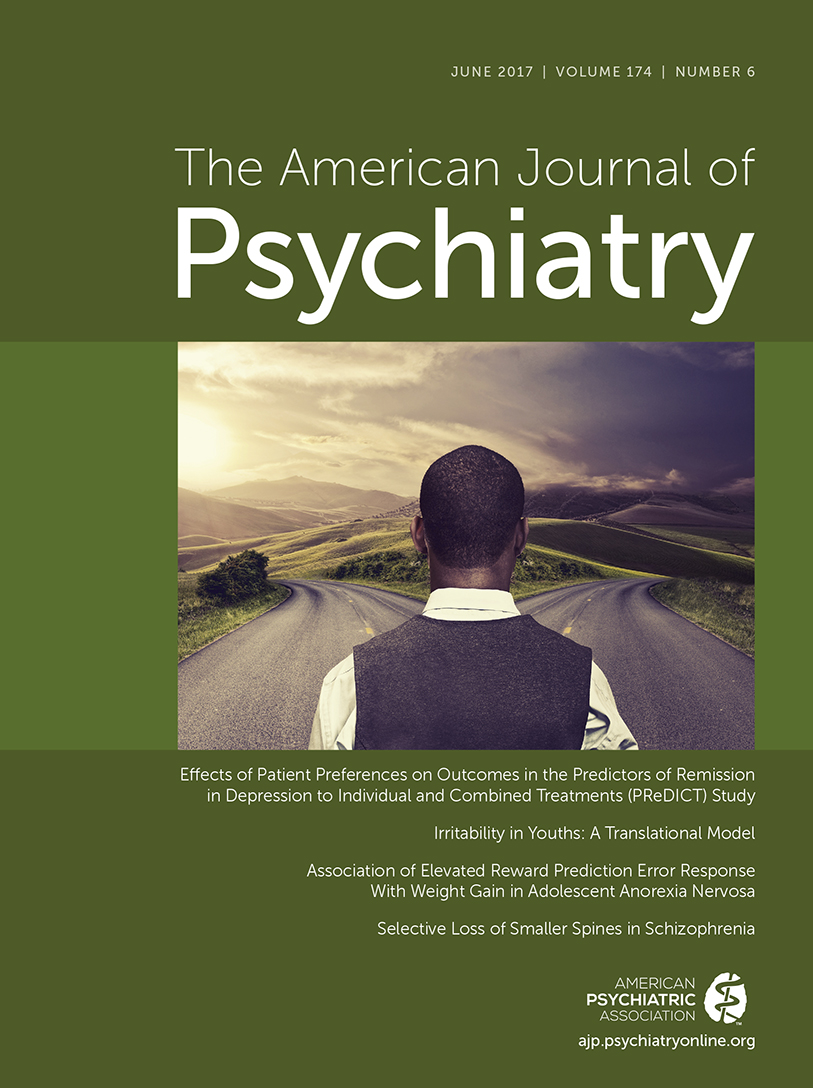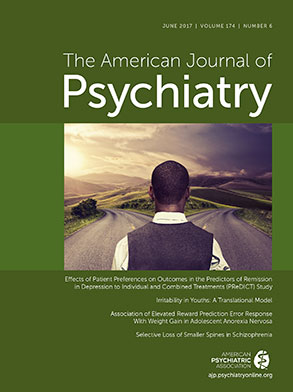Depending on one’s point of view, “rational suicide” can be seen as an oxymoron, an act of a person who has a mental illness, a philosophically and clinically justifiable act, an act against the principles of many religious groups, or an existential response to the vicissitudes of life. Rational Suicide in the Elderly, an edited volume of articles, addresses this topic from these and multiple other perspectives. The contributors include psychiatrists, psychologists, internists, oncologists, philosophers, anthropologists, public health experts, and theologians. The reader is taken on a historical tour of views about suicide; the philosophical basis underlying the search for meaning in life and for rationality in decision making; the psychodynamics of suicide; religious and anthropological views of suicide; and a possible antidote to the perceived demoralization, hopelessness, or loss of meaning through the medical use of hallucinogenic substances. In these articles, some of which are primarily theoretical, there are a number of chapters that take a more practical view, offering vignettes and providing clinicians with a framework for talking with individuals (who may or may not be patients) considering suicide, including the use of validated scales to further an understanding of the underlying factors leading to such a decision.
The editors introduce the book with a disclaimer that they “do not espouse a particular point of view on whether suicide in the elderly can be rational” (pp. ix–x). They further state that “this book is about people who, without a clearly diagnosable mental illness, have made a well-considered decision to kill themselves” (p. x). In several chapters, criteria are given defining a desire for rational suicide as (1) resulting from a realistic assessment of the situation, (2) where the individual is unimpaired by psychological illness or severe emotional distress, and (3) where the motivational basis would be understandable to uninvolved observers. A major theme throughout the book is the question, “Is suicide always a sign of a mental disorder?” I believe that most readers will come away with the answer “no”; however, this is not the same thing as agreeing with someone’s request to kill oneself, and therein lies the dilemma that each provider has to decide for himself or herself.
The book discusses the recent movement toward legislation in the United States and in some European countries to provide a legal framework for “assisted suicide.” In the United States, laws in states that have addressed this issue all are geared toward individuals who have a terminal illness and who do not have any mental disorder. For many, this may be a more understandable framework for considering a suicide to be “rational”: a terminal illness, often accompanied by pain and disability, with (allegedly) no hope for recovery. The rational suicide discussed in this book pertains more to people who do not have a terminal illness but who, nevertheless, do not wish to continue living. The concerns of these individuals, perhaps somewhat surprisingly, are similar to those of their peers who have a terminal illness (with the exception of pain control): loss of independence, autonomy, and dignity; the wish not to be a burden on others; and the loss of ability to enjoy activities. Some of the case histories discuss the elders’ view of their future as one where these concerns will rule their life, often not allowing them to have a “good death.”
For the clinician, the most practical chapters (see the Kolva and Etter chapters) discuss the need and a framework for assessments from multiple perspectives. These include traditional psychiatric, cognitive, and suicide risk assessments; an assessment of decision-making capacity; an assessment of hopelessness and its relationship to a depressive disorder; and social support. I found the discussion of “desire for hastened death,” taken from the psycho-oncology and chronic disease literature, an interesting conceptual approach to thinking about rational suicide. The chapters titled “Can Suicide Be Rational?”, “Life’s Meaning and Rational Suicide,” and “Spirituality, Religion and Rational Suicide” have a much more theoretical orientation. The chapter on hallucinogens draws on recent carefully designed studies in terminally ill patients and in subjects seeking a psycho-spiritual experience, all of which had positive results in terms of psychological well-being, albeit in a generally younger population.
I would have liked to see a discussion of the thought processes, internal psychological conflicts, and responses of clinicians who are engaged in discussions of rational suicide with older adults. I found myself staking out different positions as I read the book, highlighting the charged and multiple issues raised throughout. My feelings were captured by the last sentences of the book, “We are forever trying to catch the mists of human existence in the butterfly nets of our concepts; we demand categorical answers where there are only matters of degree. Nowhere is this more in evidence than in the anxiety-generating question of rational suicide in the elderly” (p. 217).
On the one hand, a book that touches on the existential meaning of life, rational decision making, and the right to self-determination should have wide appeal to healers of all disciplines. On the other hand, I believe the book’s major appeal will be to clinicians from both the mental and general health arenas who work with older and chronically ill individuals and to teachers interested in educating our trainees to work more collaboratively and empathically with older adults, going above and beyond (or even eschewing) evidence-based practices in favor of listening and learning about the processes of living and dying.


